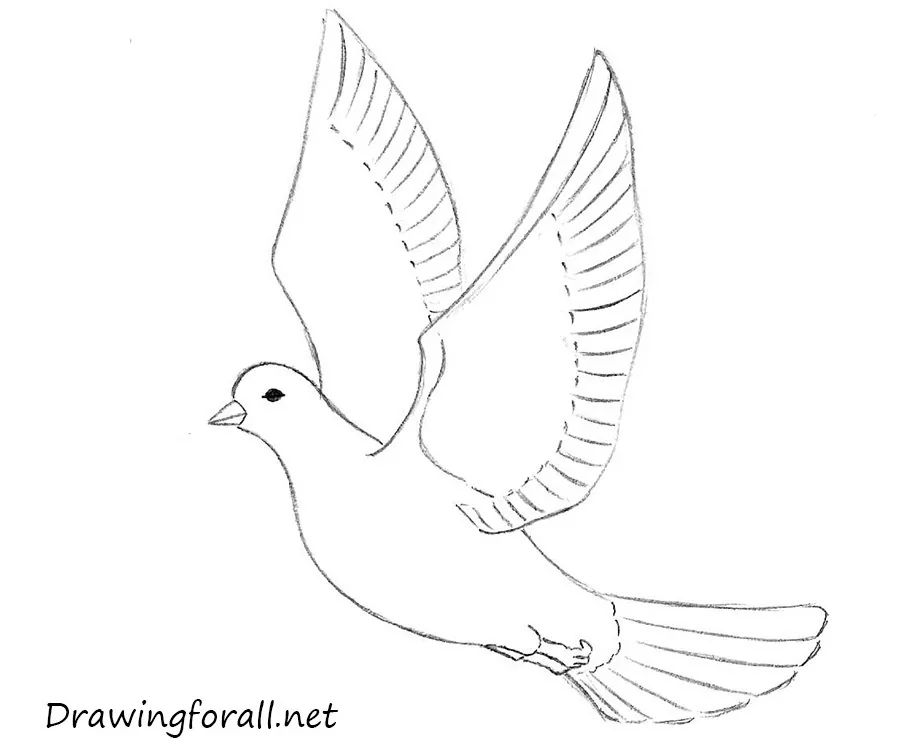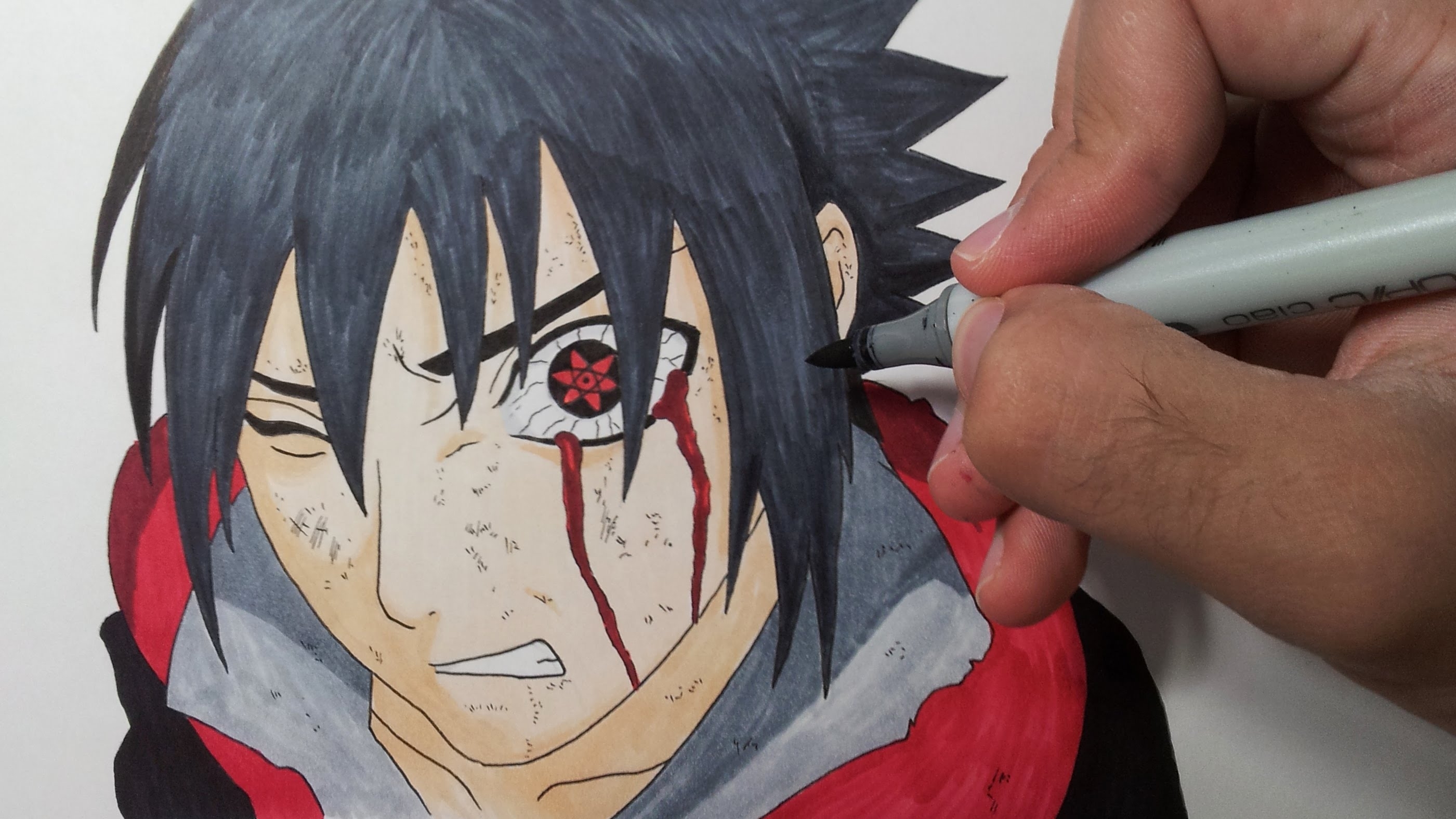Cladogram cladograms alike identical alexei
Table of Contents
Table of Contents
Are you struggling with drawing a cladogram? Whether you are a biology student or a researcher, the process of creating a cladogram can be overwhelming. But fear not, we are here to provide you with a step-by-step guide on how to draw a cladogram with ease.
When it comes to drawing a cladogram, there are several pain points that students and researchers often experience. This can range from understanding the basic concepts of cladistics to identifying the characteristics of different taxonomic groups. However, with the right guidance and resources, drawing a cladogram can be a simple and straightforward process.
The first step in drawing a cladogram is to understand the basic concepts of cladistics, which is the study of evolutionary relationships between organisms. Cladograms are used to depict these relationships, with each branch representing a group of organisms that share a common ancestor.
To create a cladogram, you will need to first identify the characteristics of different taxonomic groups, such as mammals, birds, and reptiles. Next, you will need to use these characteristics to construct a table of shared and derived traits, also known as a character matrix. From there, you can use a software program or draw a cladogram by hand to organize the traits and create the tree-like diagram.
To summarize, drawing a cladogram involves understanding the basic concepts of cladistics, identifying the characteristics of different taxonomic groups, creating a character matrix, and using software or drawing by hand to construct the cladogram.
How to draw cladogram: A Step-by-Step Guide
My personal experience in drawing a cladogram involved using a software program called PAUP*. This program allowed me to input the character matrix and generate a cladogram automatically. However, for those who prefer to draw by hand, the following steps can be followed:
Step 1: Identify the taxonomic groups that you want to depict on the cladogram. This can include families, orders, or classes.
Step 2: Create a character matrix that lists the shared and derived traits of each taxonomic group.
Step 3: Assign weights to each trait based on its importance in determining evolutionary relationships.
Step 4: Use the information in the character matrix to construct the cladogram by drawing branches that represent common ancestors and placing the taxonomic groups on the appropriate branches.
Step 5: Label each branch with the trait that led to its formation.
The Importance of Cladistics
Cladistics is an important tool for understanding the evolutionary relationships between organisms. By using cladograms to depict these relationships, researchers can make predictions about the genetic and morphological traits of organisms that have not yet been identified or studied. This can lead to new discoveries in fields such as medicine, agriculture, and environmental science.
Cladograms vs. Phylogenetic Trees
While cladograms and phylogenetic trees may appear similar, there are some key differences between the two. Cladograms focus on the branching patterns of evolutionary relationships, whereas phylogenetic trees depict the branching patterns as well as the amount of evolutionary change that has occurred between different branches. Cladograms are also typically used to represent hypothetical relationships based on shared and derived characteristics, whereas phylogenetic trees can be based on genetic or molecular data.
Tips for Drawing a Cladogram
When drawing a cladogram, there are several tips that can help simplify the process. First, it is important to clearly define the taxonomic groups that you want to depict on the cladogram. This will help ensure that the relationships between the groups are accurately represented. Additionally, when constructing the character matrix, it is important to use specific and measurable traits to avoid subjective interpretations of the data.
Conclusion of how to draw cladogram
In conclusion, drawing a cladogram may seem daunting at first, but with the right resources and guidance, it can be a simple and rewarding process. By following the steps outlined in this guide and keeping the tips for drawing a cladogram in mind, you will be well on your way to representing the evolutionary relationships between organisms with ease. Gallery
Cladogram - Google Search | How To Introduce Yourself, Lab Activities

Photo Credit by: bing.com / cladogram worksheet example classification biology cladograms answers evolution evolutionary answer help use introduce phylogeny below lab examples key animal dichotomous
What Is A Cladogram? Definition And Examples

Photo Credit by: bing.com / cladogram cladograms alike identical alexei
Difference Between Cladogram And Dichotomous Key | Compare The

Photo Credit by: bing.com / cladogram primate dichotomous primates monkeys evolutionary genetic prosimians vidalondon mugeek major taxonomy peril chimpanzees stayed ucl gibbons evolved
Pin On Diagramas De Bloques (es)

Photo Credit by: bing.com / cladogram cladograma phylogeny creately hypothetical called dichotomous
Cladogram - YouTube

Photo Credit by: bing.com / cladogram





